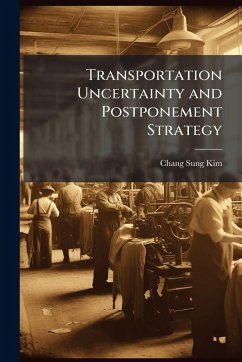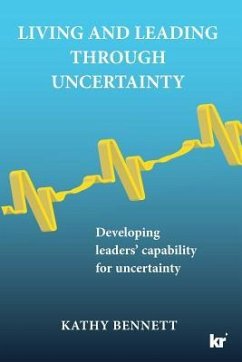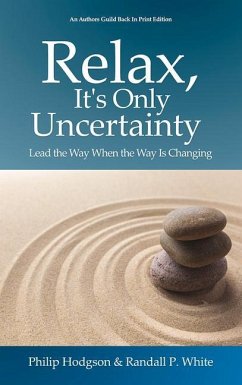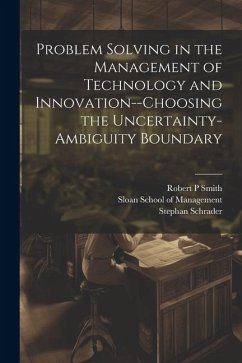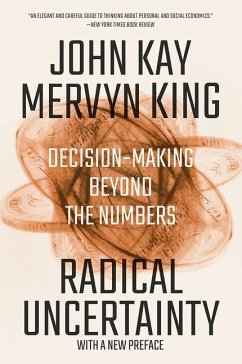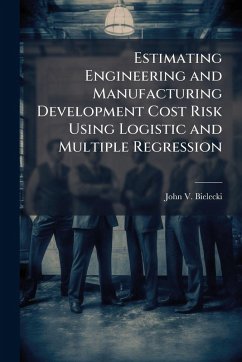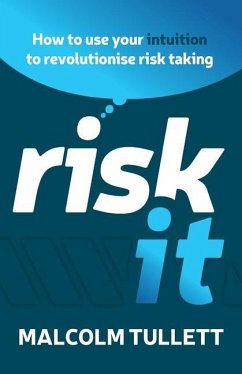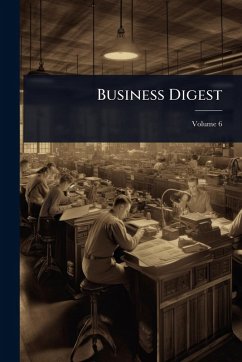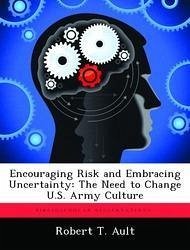
Encouraging Risk and Embracing Uncertainty
The Need to Change U.S. Army Culture
Versandkostenfrei!
Versandfertig in über 4 Wochen
15,99 €
inkl. MwSt.

PAYBACK Punkte
8 °P sammeln!
This monograph examines the culture of risk and uncertainty tolerance within the US Army officer culture. The author defines culture as the collective experiences, training and education among officers. The central research question is does the US Army develop leaders to make risk decisions in an environment of uncertainty? The methodology includes an analysis of three historical case studies of risk and uncertainty across the spectrum of conflict. The examples involve Operation Allied Force in Kosovo as a peace support operation, Operation Enduring Freedom in Afghanistan as a small-scale cont...
This monograph examines the culture of risk and uncertainty tolerance within the US Army officer culture. The author defines culture as the collective experiences, training and education among officers. The central research question is does the US Army develop leaders to make risk decisions in an environment of uncertainty? The methodology includes an analysis of three historical case studies of risk and uncertainty across the spectrum of conflict. The examples involve Operation Allied Force in Kosovo as a peace support operation, Operation Enduring Freedom in Afghanistan as a small-scale contingency operation and the 1973 Arab-Israeli War as a major combat operation. A model for risk tolerance is developed that relates the amount of uncertainty to risk in each case and for Army officer culture as a whole. The tolerance to risk changes with the amount of uncertainty the culture is able to control. This work has been selected by scholars as being culturally important, and is part of the knowledge base of civilization as we know it. This work was reproduced from the original artifact, and remains as true to the original work as possible. Therefore, you will see the original copyright references, library stamps (as most of these works have been housed in our most important libraries around the world), and other notations in the work. This work is in the public domain in the United States of America, and possibly other nations. Within the United States, you may freely copy and distribute this work, as no entity (individual or corporate) has a copyright on the body of the work. As a reproduction of a historical artifact, this work may contain missing or blurred pages, poor pictures, errant marks, etc. Scholars believe, and we concur, that this work is important enough to be preserved, reproduced, and made generally available to the public. We appreciate your support of the preservation process, and thank you for being an important part of keeping this knowledge alive and relevant.



